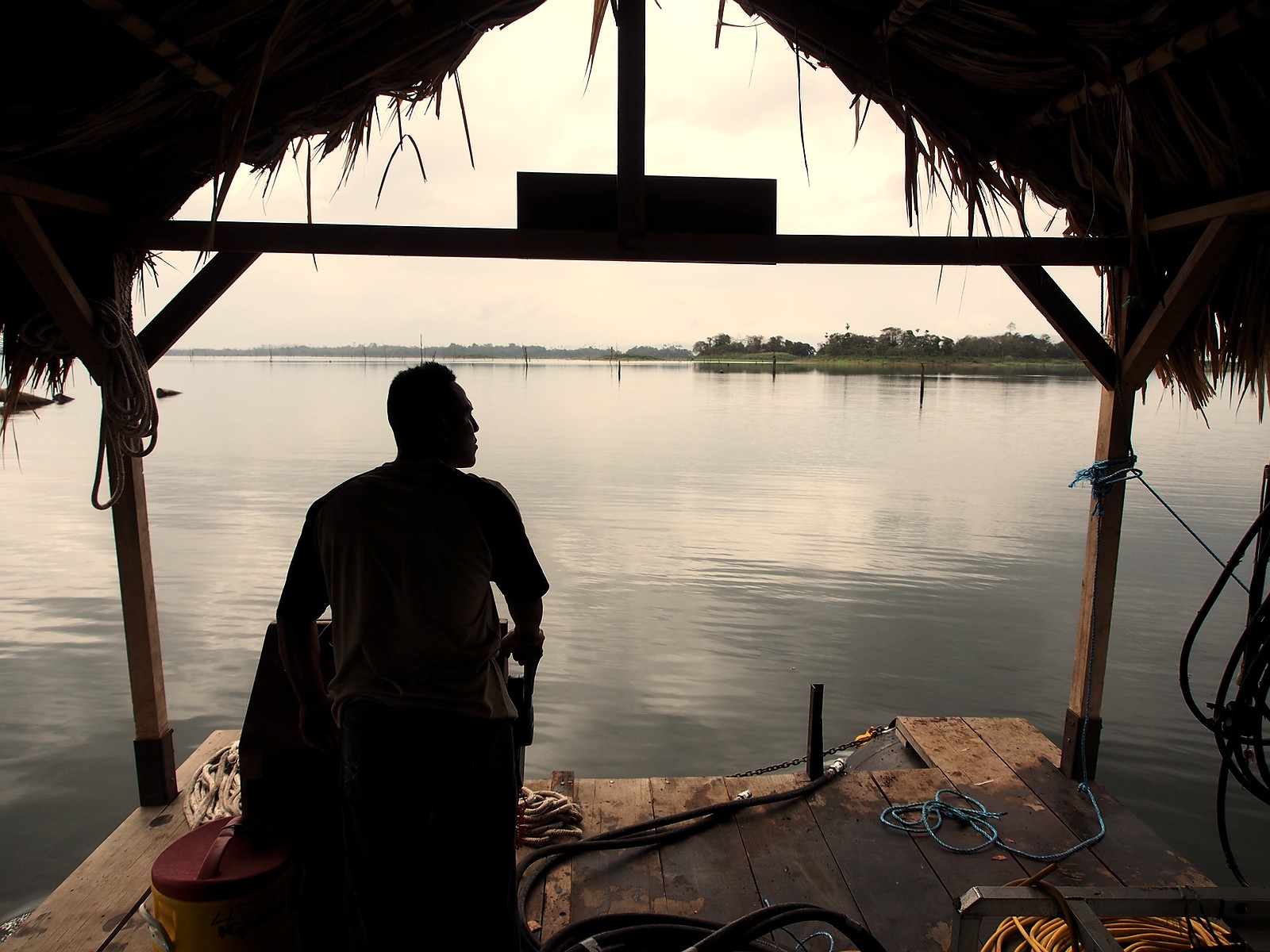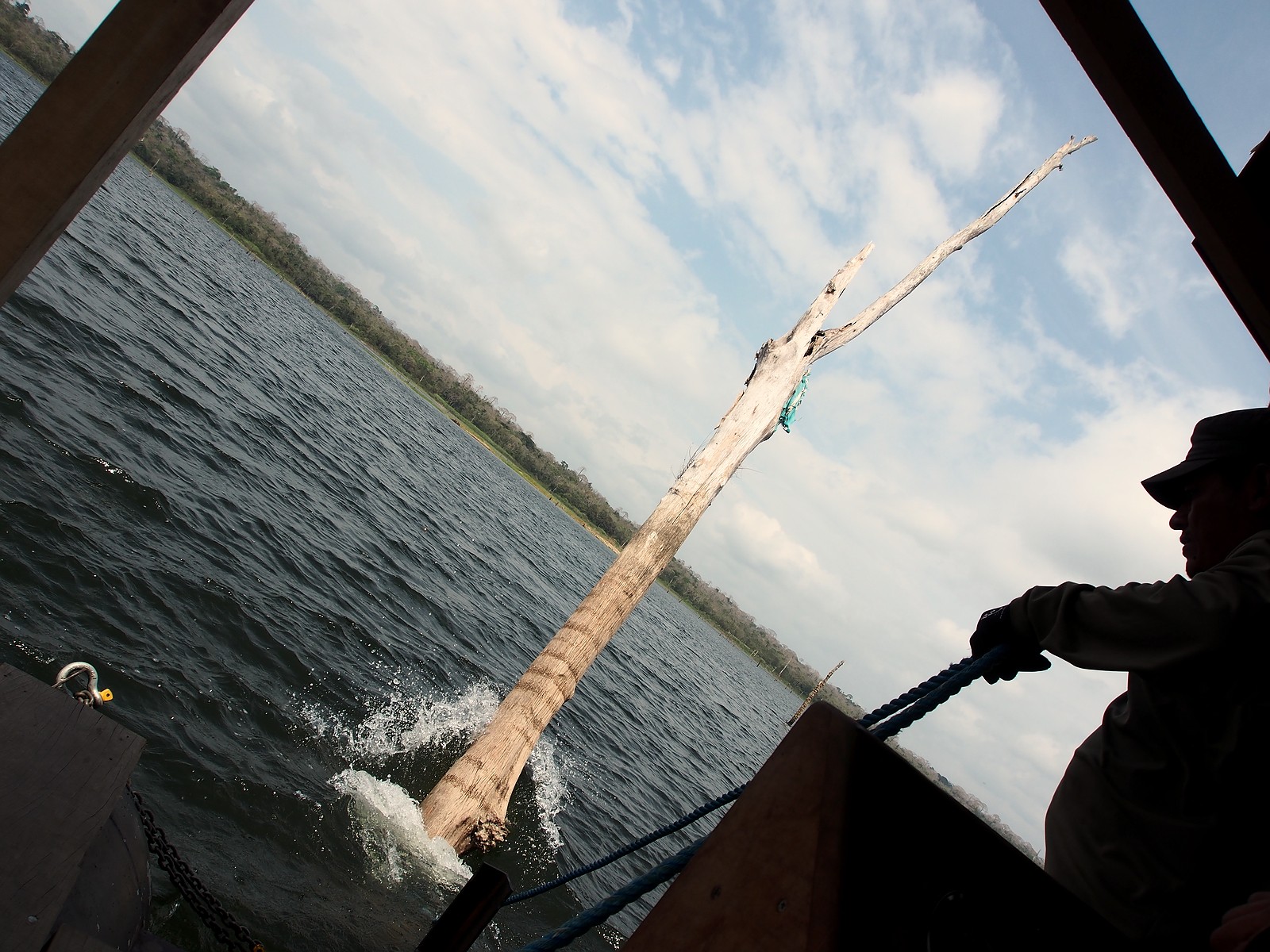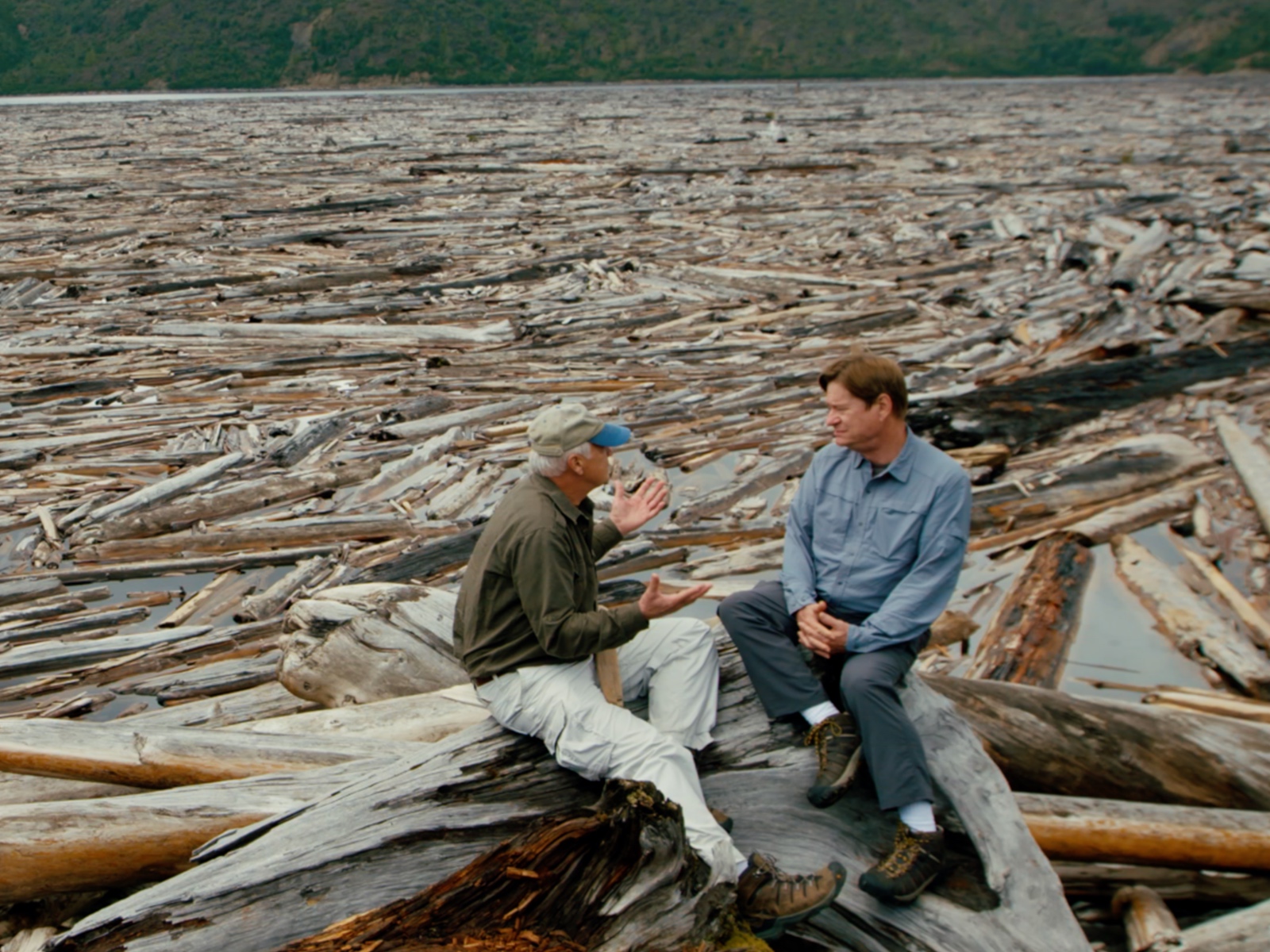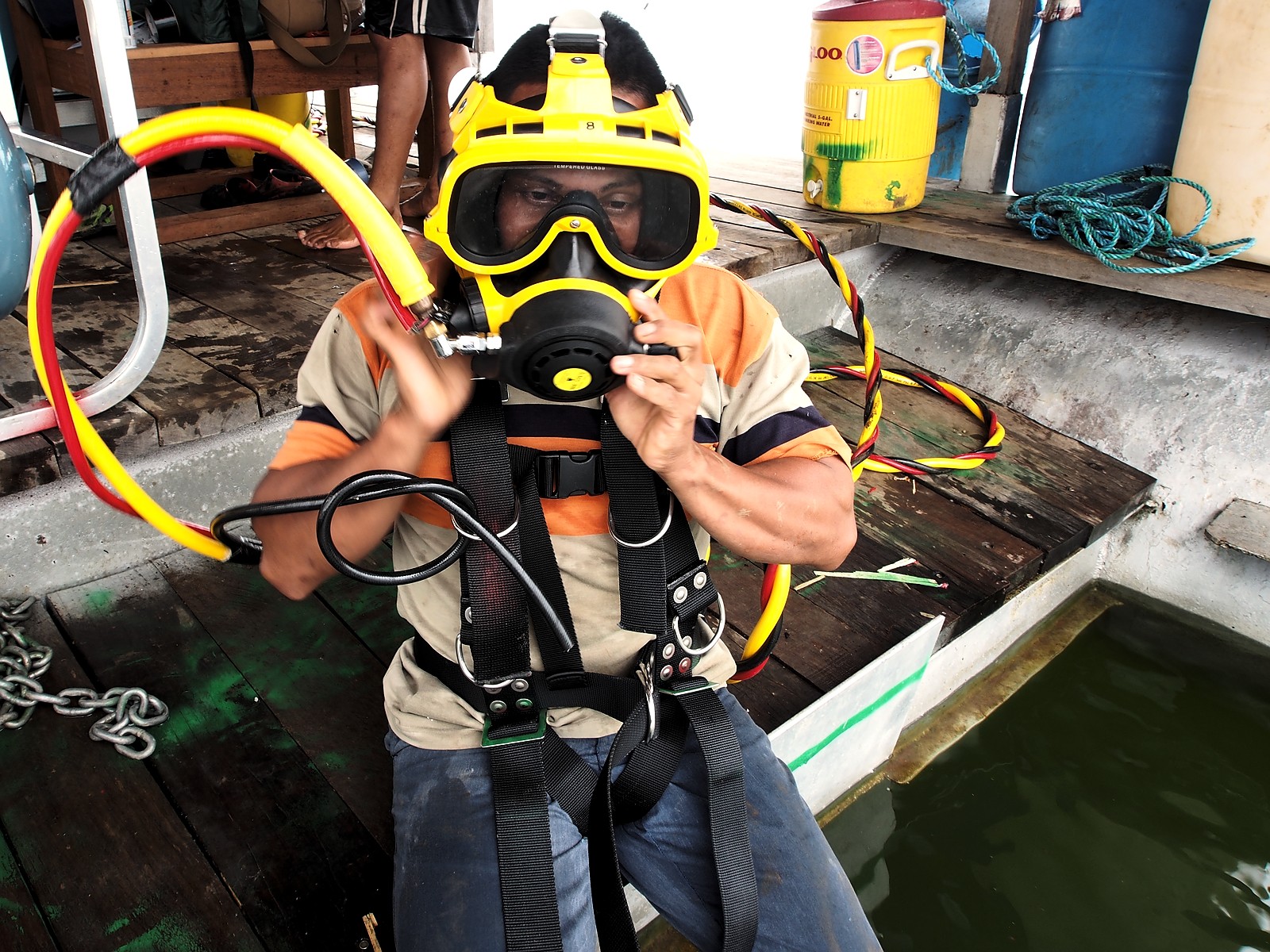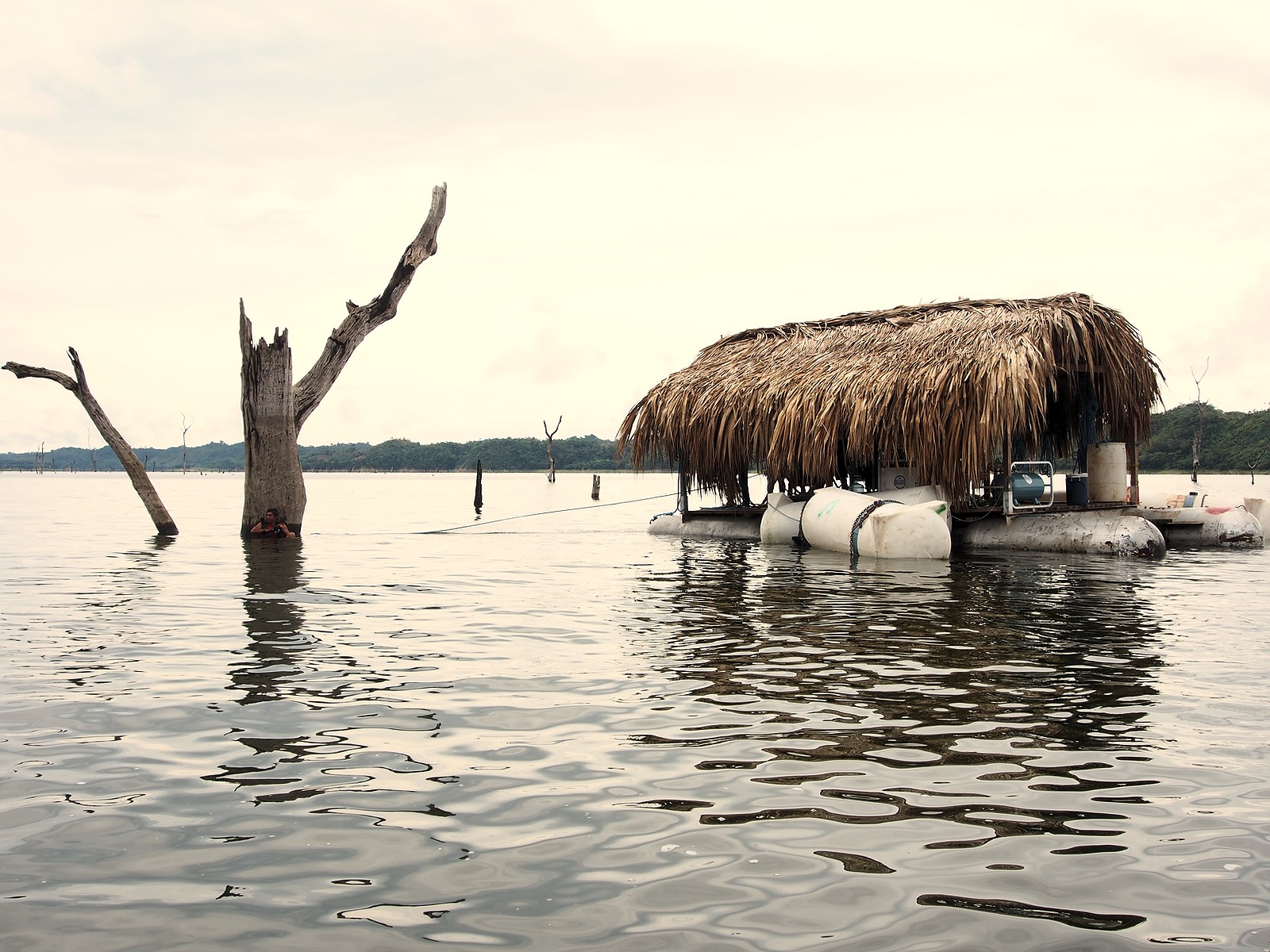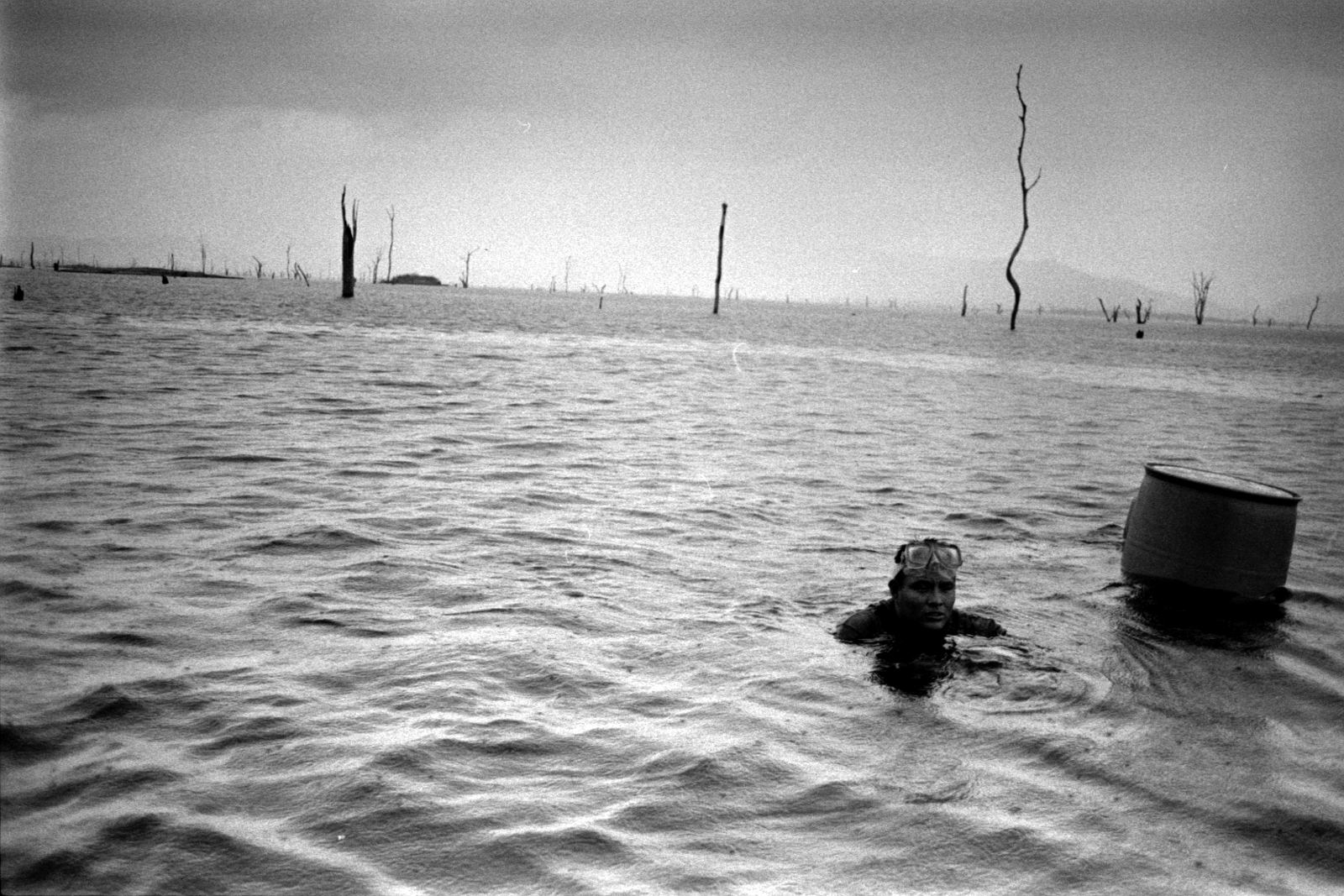
Strong, tall, beautiful tropical hardwoods such as teak and mahogany, Brazilian walnuts and Rosewood are in ever-increasing demand.
Their stunning beauty, incredible strength and coveted rarity give these tropical hardwoods, along with almost 40 other species, a high value worldwide, with demand outstripping supply.
As well as being gorgeous to look at and work with, tropical hardwood is durable and resistant to both rot and insects.
Because of the time it takes for these trees to reach optimal density – upwards of 150 years.
All of these characteristics combine to make tropical hardwood a luxury material for our home design projects. Still, the associated expense has led to an illegal and devastating logging and deforestation industry around this precious resource.
There are few sustainable sources of these most coveted species of tropical hardwoods, most of which come from underwater.
Water Reclamation from reservoirs
Water reclaimed wood can refer to wood that has been underwater for a long time.
This underwater wood is most commonly found in Central and South America and Canada.
In Central and South America, underwater wood is usually found where ancient forests were flooded to create reservoirs. In contrast, the underwater wood is from decades-old felling projects in Canada.
The reservoirs in Central and South America were created decades ago to create water storage or to enable power generation.
Ancient forests were flooded to create expansive manmade bodies of water, but the abundance of wood tucked away below their surfaces is now a perfectly preserved, precious treasure.
Trees over 100 feet tall sit beneath the water’s surface, sometimes with telltale branches peaking above.
While the wood which is exposed to air decays, that which is swaddled by the water will remain intact, protected from oxygen, insects and harmful bacteria.
Water reclamation from riverbeds
Similar preservation occurs in Canada, but the wood there has been felled already.
For centuries, felled wood was transported by barge along the flowing rivers and often, logs would slip and sink before they made it to their intended destinations.
Some of these logs have lain on riverbeds for centuries, and an incredible underwater preservation process occurs.
Not only is the wood protected from the decaying effects of oxygen, but the pressure of the water forces the sap from the wood, increasing its solidity.
Reclaiming from water
The processes are similar whether the wood is being reclaimed from flooded woodland reservoirs or riverbeds.
Divers are sent out in barges with specialist underwater harvesting tools.
They dive in, seeking the treasure from the depths of the flooded forests or our ancestors’ lumber harvests.
The wood is carefully brought to the surface and can then be shipped to its new home, ready to breathe life and its stories into a new design project.
Environmental credentials of Water reclaimed wood
Water reclamation can be considered an ecological way of sourcing tropical woods because it doesn’t involve felling new living trees. Still, the story is slightly more complicated than this.
Although wood recovered from flooded forests or riverbeds is labelled ‘water reclaimed’, there are some questions in the industry as to whether it can be LEED certified as it is essentially a virgin product.
While reclaimed logs have not been felled for your specific project and wood from flooded forests may have otherwise gone unused, neither has been taken from a previous project and so it is challenging to label indeed ‘reclaimed wood’.
Despite this difficulty in labelling water-reclaimed wood, there is something uniquely magical in the story of timber is grown centuries ago, being perfectly preserved and uncovered before being brought into a home.
Summary
- Water-reclaimed wood can come from riverbeds or flooded forests.
- Water-reclaimed woods are typically tropical hardwood species.
- Most water-reclaimed woods come from the Americas.
- Water-reclaimed wood is a virgin product but may still be classed as reclaimed.
References



